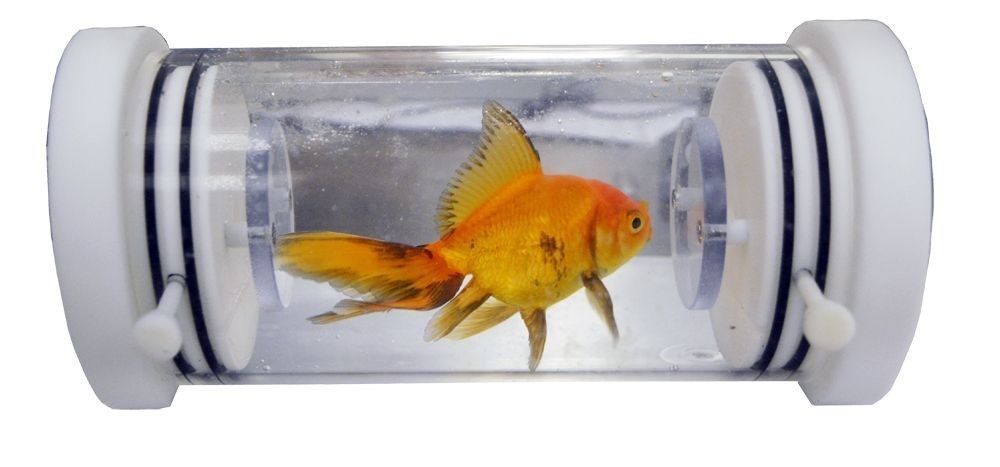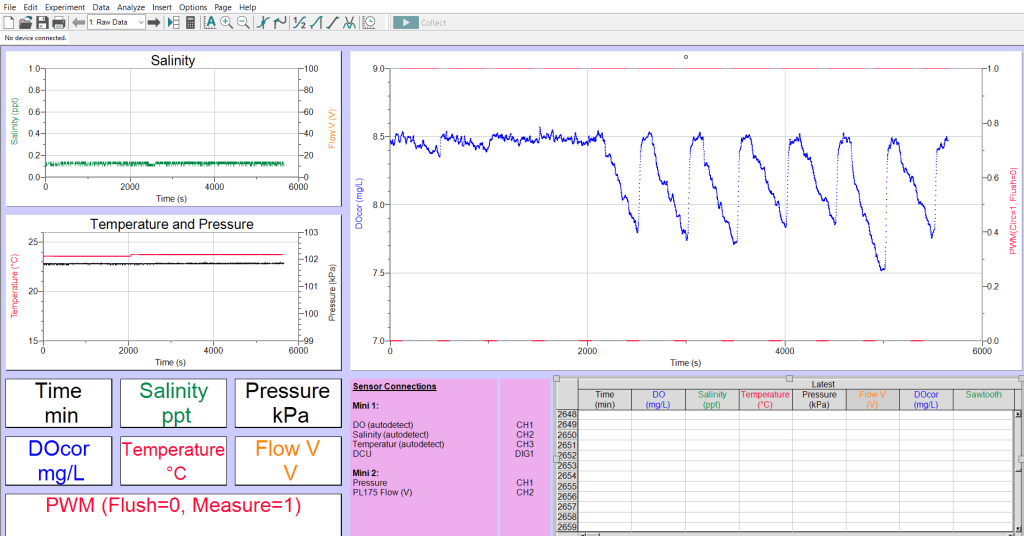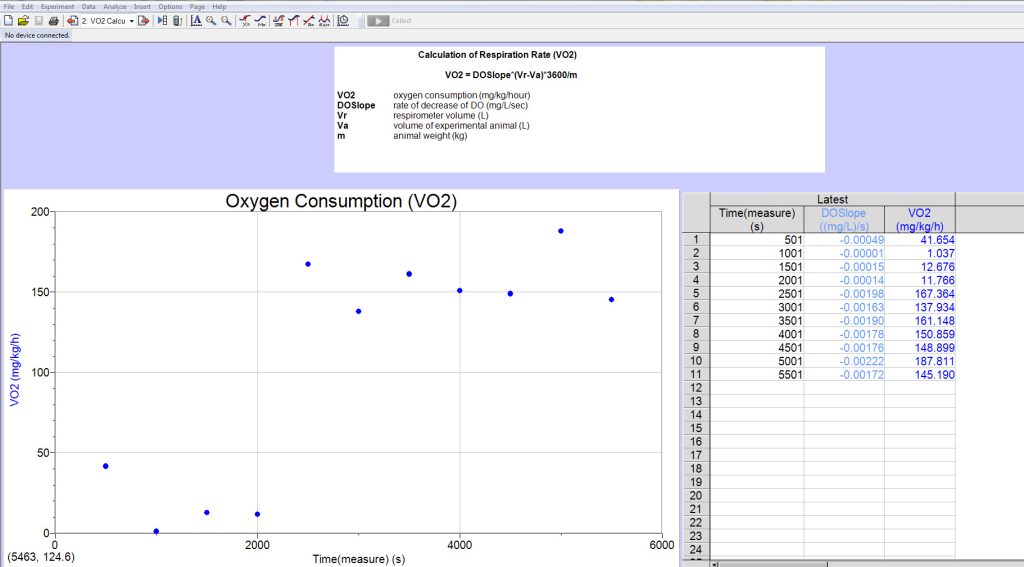特徵
- 光學溶氧探頭
- 小型呼吸測量室(140毫升,內徑3.8厘米,長15.3厘米)
- 大型呼吸測量室(660毫升,內徑8.2厘米,長16.7厘米)
- 迷你AQUA腔室(9毫升,內徑1.6厘米,長4.5厘米)
- mini-AQUA 微腔(1.23 毫升,1.5 公分內徑,0.85 公分深)
- 水浴溫度和鹽度探頭
- 液體幫浦(1 LPM 或 mini-AQUA 中為 0.1LPM)和三通閥
- 用於三通閥控制的數位控制單元
- 6通道資料介面
- 數據採集軟體
- 絕對壓力感測器
- 堅固的防風雨外殼
應用
- 水生呼吸測定研究
- 水生脊椎動物和無脊椎動物研究
- 實驗室和實地研究(帶可選電池組)
Q-Box AQUA 操作
將動物放入呼吸測定室並測量由於動物消耗而導致的溶解 O2 的減少。軟體中顯示根據鹽度、溫度和壓力校正的溶氧數據,並用於計算氧氣消耗率 (VO2) 的即時值。測量是連續進行的,無需將動物從室內移除。測量之間用淡水沖洗測量室。這些 VO2 的間歇流量測量克服了連續封閉式呼吸測定的缺點,其中腔室中的溶解 O2 水平可能會降低到缺氧水平。 Q-Box AQUA 套件的所有組件均裝在堅固的防風雨箱中,方便運輸和儲存。
在實驗過程中,水會透過液體泵在動物室和帶有光學 DO 探頭的流通容器中循環。由數位控制單元 (DCU) 控制的三通閥,軟體確定係統是處於循環模式還是沖洗模式。在循環模式下,進行呼吸測量,在沖洗模式下,用水浴中的含氧水沖洗動物室。循環沖洗循環重複進行,直到實驗結束。沖洗和循環階段的時間由使用者在軟體中選擇。





